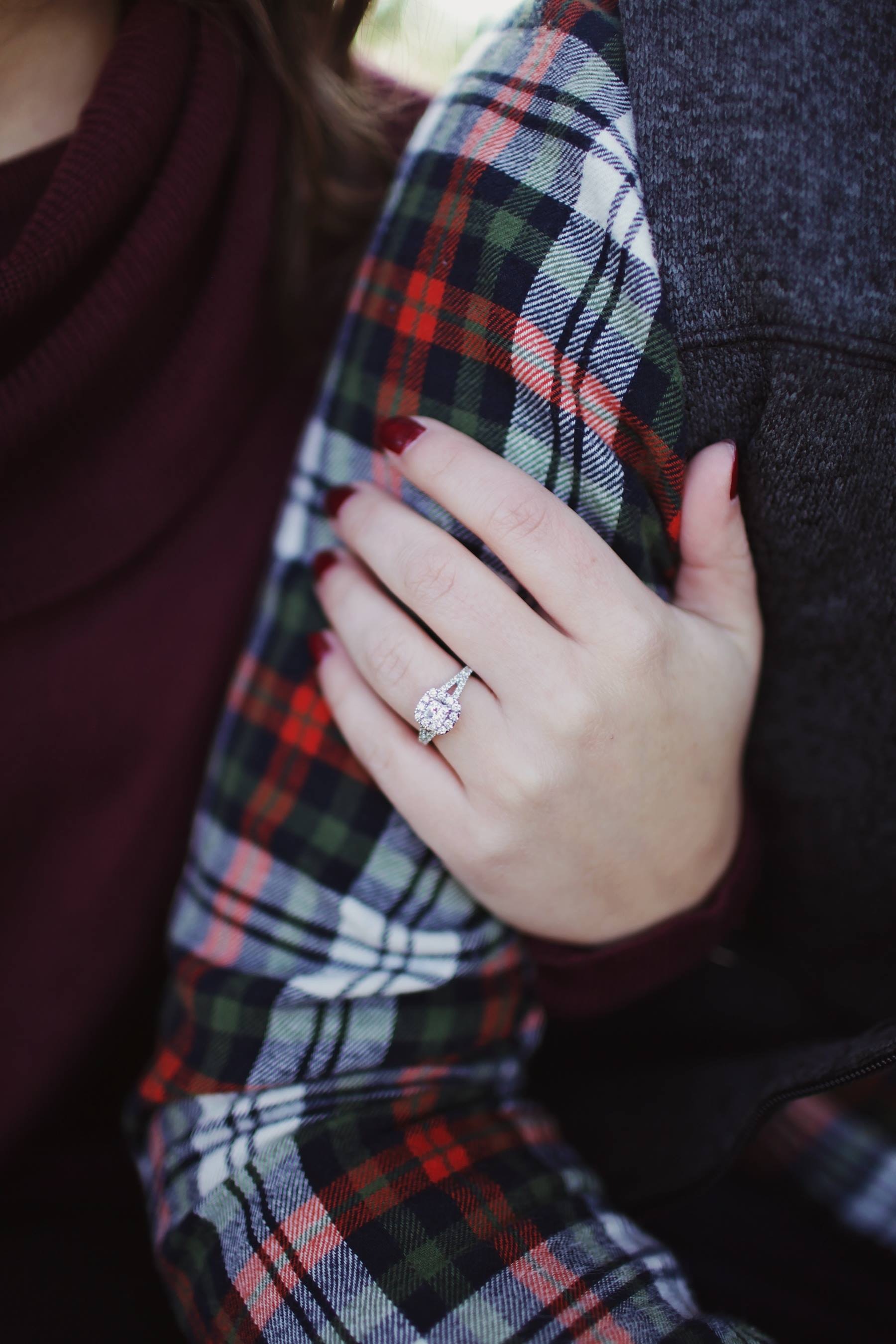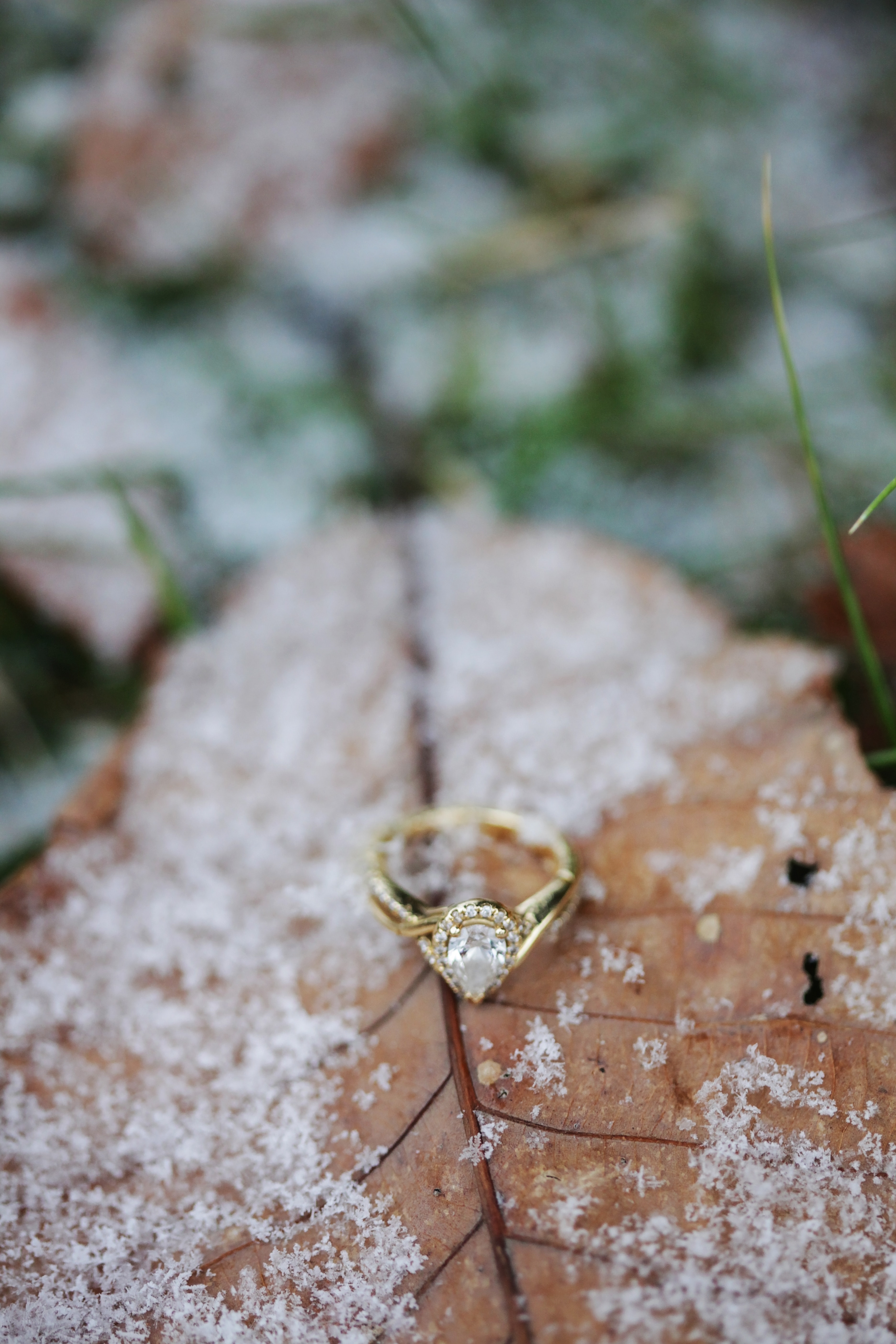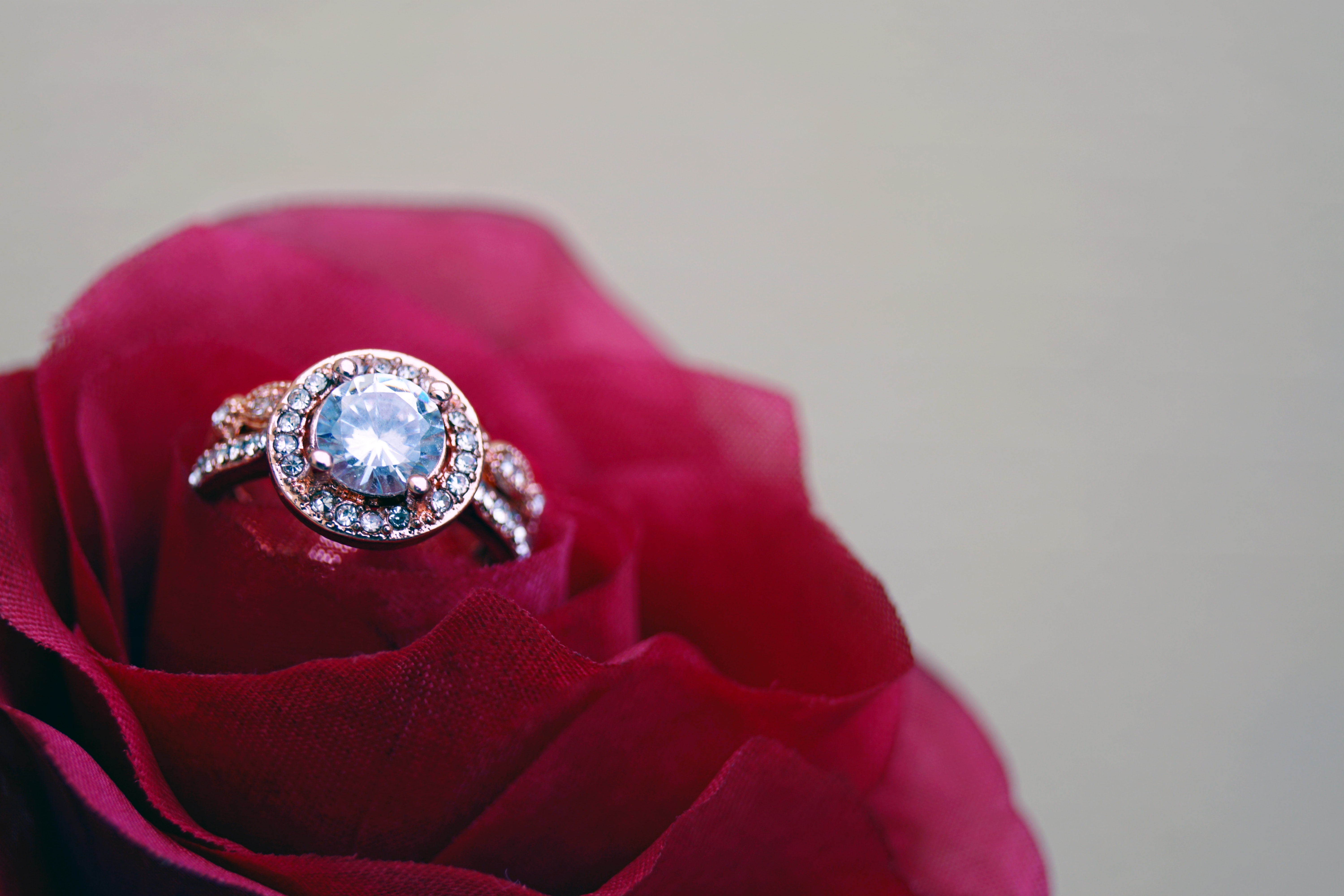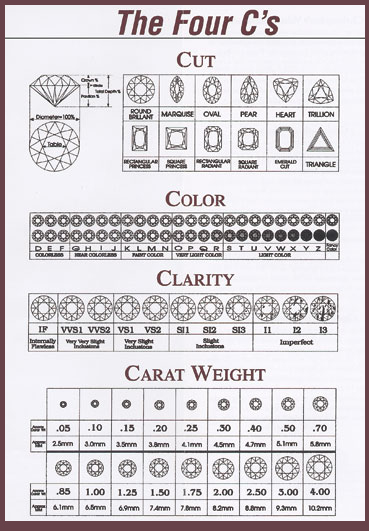Diamonds are a girl’s best friend, right? Every girl wants that special bling in her ring when she gets proposed to. What makes a diamond the traditional choice of engagement rings? What do different styles and cuts mean? We have everything you need to know about those big sparkly gemstones we are just dreaming to have on our finger!

Leah Kelley
Diamond History
Diamonds became an engagement ring tradition decades and decades ago. In fact, it was in 1477, Archduke Maximillian of Austria offered the very first diamond engagement ring on record in history to Mary of Burgundy. Prior to this, keys attached to rings were a Roman custom to show ownership from man to wife. The more modern idea of an engagement ring was made popular in the Victorian era where gemstones and metalwork were a more common trade. In 1947, Da Beers coined the “A Diamond Is Forever” marketing scheme to increase diamond sales and the stigma that without a diamond, the marriage would not last. While we still think diamonds are beautiful, we are thankful other gemstones have become popular for engagement rings today. Click for more info from the American Gem Society.

Amber Rhodes Photography
Choosing Your Engagement Ring
Your engagement ring should be a reflection of your style. Starting with the base: do you prefer silver or gold? How about rose gold? What is your favorite gemstone? Would you prefer a gleaming emerald or a stunning sapphire? Pair your favorite color gemstone to be set with diamonds for a luxurious and customized piece of jewelry. Most importantly, you have to feel comfortable with it! We have seen some beautiful variations on the traditional diamond: pink sapphires, canary yellow diamonds, luxurious bright purple amethyst.

Leah Kelley

Marta Branco
Where To Buy
Where your engagement ring is purchased is also important. Our beloved diamonds got a bad reputation because of where they were being mined. You may have heard of conflict-free diamonds or fair-trade diamonds. The source of your finger bling is just as important as how it looks! Luckily, there are many retailers that disclose the history of your rock along with the other important details. To know more about the history of diamond mining from TIME click here. Once you’ve been guaranteed your diamond has been sourced the ethical way, it’s time to talk quality.
The components to look for:
The cut – the shape of the gemstone
The carat -the weight
The clarity – how few imperfections it has
The color – what hues the stone has


